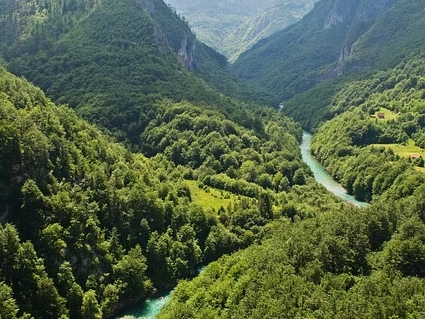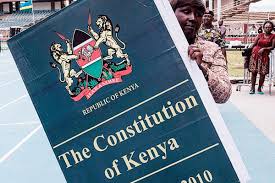
River Yala, a serene lifeline for communities in Siaya County, has become a symbol of grief and unanswered questions. Its waters have carried more than just silt and fish; they have borne the weight of lives lost under mysterious and disturbing circumstances. The dark spot along its banks has etched itself into Kenya’s collective memory, a place where bodies have surfaced, often mutilated, bound, and unclaimed.
This grim reality first gained national attention during the tenure of Dr. Fred Matiang’i as Cabinet Secretary for Interior, when human rights groups and local activists began documenting the alarming frequency of bodies retrieved from the river. In 2021 alone, over 30 bodies were recovered, many showing signs of torture. The discoveries prompted Matiang’i to order investigations and demand an inquest at the National Security Council level. Yet, despite the urgency, no conclusive public report was ever released.
Forward to the current administration under President William Ruto, the River Yala mystery remains unresolved. With recent cases suggesting that the problem has not only persisted but may have deepened. In August 2024, the body of a missing teacher from Nakuru was discovered floating in the river. His family identified him at the Siaya County Referral Hospital Mortuary, sparking renewed calls for accountability.
Activists from Haki Kwetu, a human rights lobby group, revealed that another body was spotted during the retrieval process, suggesting that the dumping of corpses continues, with a report by Missing Voices, in collaboration with Amnesty International and other organizations, confirming that at least 40 bodies were retrieved from River Yala between 2022 and 2023.
President Ruto, in a March 2025 media interview, acknowledged the atrocities linked to River Yala and revealed that he had disbanded a rogue police unit allegedly responsible for the killings. He emphasized that his administration would not tolerate enforced disappearances and unlawful detentions, asserting that the police must operate independently and be held accountable for their actions. President Ruto, in a March 2025 media interview, acknowledged the atrocities linked to River Yala and revealed that he had disbanded a rogue police unit allegedly responsible for the killings. He emphasized that his administration would not tolerate enforced disappearances and unlawful detentions, asserting that the police must operate independently and be held accountable for their actions.
However, critics argue that despite these declarations, the culture of impunity persists. The Independent Policing Oversight Authority (IPOA) has linked police officers to over 112 disappearances, many of which believed to be connected to the River Yala and Tana River killings. IPOA’s investigations revealed consistent patterns of torture and disposal methods, including bodies tied with ropes and weighted with stones.
Interior Cabinet Secretary Kipchumba Murkomen, appointed after a reshuffle in Ruto’s government, has yet to publicly address the River Yala cases directly. His tenure has focused on broader national security initiatives, including multi-agency operations and regional security tours. While Murkomen has emphasized peace and cohesion in volatile regions, the silence surrounding River Yala has left many wondering whether justice will ever be served. Former CS Matiang’i, in a July 2025 statement, distanced himself from the scandal and called for a public inquiry, accusing the current administration of politicizing the issue.
The River Yala saga is not just a tale of bodies and bureaucracy rather it is a reflection of Kenya’s struggle with human rights, accountability and the rule of law. Families of the victims continue to mourn without closure, activists persist in their calls for justice, and the river flows on, indifferent to the secrets it carries. As the nation grapples with economic challenges and political unrest, the dark spot along River Yala remains a haunting reminder of lives lost and truths buried. Whether under Matiang’i or Murkomen, the demand remains the same: transparency, justice, and an end to the silence.

